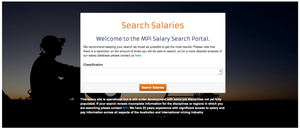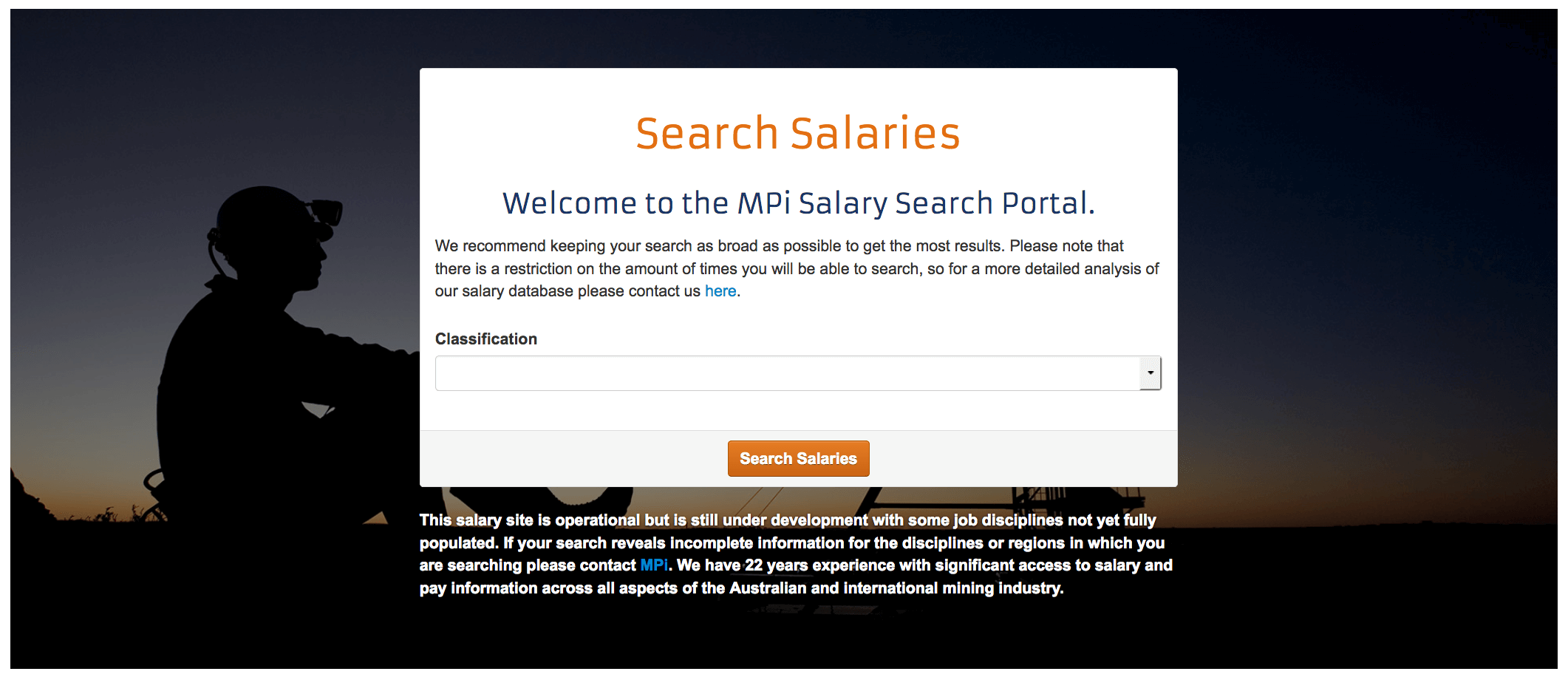With mining salaries moving, here’s how to hire at the right price
- Recruitment

Here are four tricks to help you offer the right salary level to ensure you attract the best possible candidates.
Since the Australian mining industry’s recovered, salaries have started to move. The supply and demand equation has shifted in favour of the jobseeker and away from the employer, putting upwards pressure on wages.
Fortunately, we have not yet seen the worst excesses of the last boom – and many in the industry are determined to ensure we do not return to those conditions.
Nevertheless, salaries are shifting. So, in this highly competitive environment, how can mining companies ensure they’re offering a salary attractive enough to secure the best candidates, while still hiring at a level that is neither going to hit the company’s coffers too heavily nor contribute to any mining salary explosion?
Getting the mining salary balance right
There’s a lot to think about when determining the level of salary to offer a potential employee:
- Is the salary we’re offering fair, based on the candidate’s skills and experience?
- Is the salary we’re offering competitive for this job, or is the candidate likely to be offered (and take) more money elsewhere?
- Can the business afford this salary, for this role, at this time?
- Is this salary fair to the rest of the team this candidate will be working with? (Does it leave room for resentment or even charges of discrimination if others find out?)
FURTHER READING: Poll results: How important is salary to mining jobseekers?
Setting a salary for any role in the mining industry
Setting a salary for a vacant role isn’t as easy as offering what the last person in that role was being paid.
Perhaps that person had particular skills and experience and had been rewarded with pay rises over the years to secure their labour. Maybe the previous employee’s wages hadn’t kept up with market conditions (perhaps that’s why they left?) and will be too low in what is now a highly competitive environment to attract a quality candidate.

Here are four tricks you can use to determine what level of salary you should offer for any job across the mining industry – be it in the office or out onsite.
1. Monitor job ads across the industry
What salary ranges are your competitors offering for the same roles for people with similar levels of experience? Keep an eye on relevant job boards to see what is being offered. Particularly, pay attention to any jobs that are re-advertised at different rates of pay, suggesting the company was unable to attract quality candidates with the original level of pay.
2. Test the market
Instead of advertising a position with a definitive salary, offer a salary range. Put about $20,000 difference between the high and lower rates listed. This salary range can, fairly and honestly, be justified in the ad as “dependent on experience”. Experienced candidates will hope to get the top rate, but the important thing is you’ve given yourself wiggle room to pay a rate you think is fair for that candidate.

Mining People’s Salary Search portal is free to use and has the most up-to-date data about mining salaries.
Salary Search has the industry’s most up-to-date data, not just on salaries but on the conditions and benefits offered, too. It’s completely searchable by job title, classification, location, and more. You will also get data about education, experience levels and gender balance, among other important variables.
4. Talk to a specialist recruiter
You might only place one geologist a year. A specialist mining industry recruiter might place a 100. It makes sense to tap into this resource, as recruitment companies will likely have far more up-to-date data about what is considered a competitive salary for different mining jobs. (On top of that, they might just know the perfect candidate, too.)
Are your salaries and conditions of employment enough to make your mining company attractive to the best candidates? Request a targeted remuneration and benefits research report and we’ll help you answer this question.
Related articles

7 big ideas to help solve the Kalgoorlie (in WA) FIFO crisis
-
Mining People Matters
-
Recruitment
-
Technical
-
Leadership and Business

7 big ideas to help solve the Kalgoorlie (in WA) FIFO crisis
- Mining People Matters
- Recruitment
- Technical
- Leadership and Business
